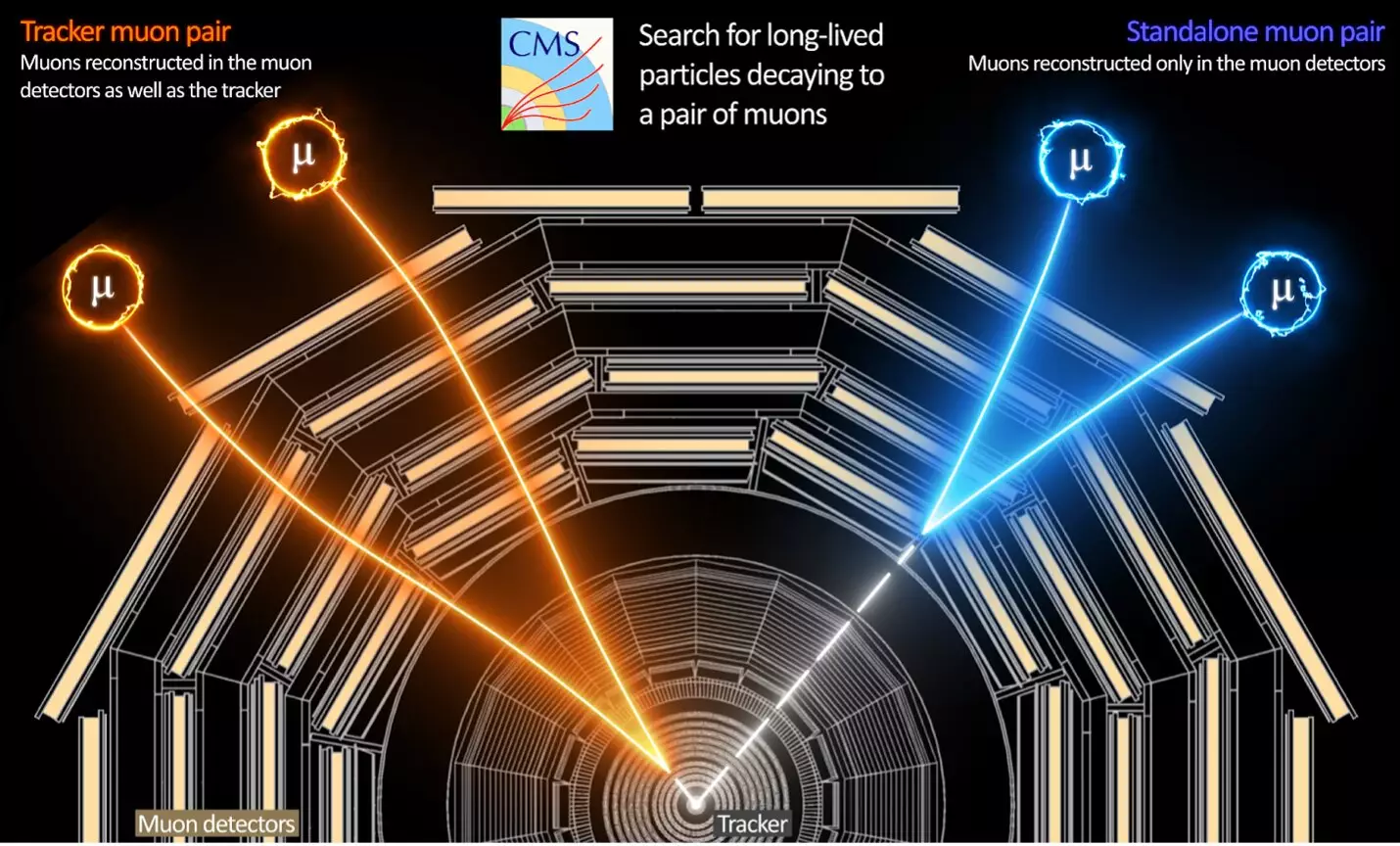The CMS experiment at the Large Hadron Collider (LHC) has made a groundbreaking step in the search for new physics. In its first study using data from Run 3, the experiment focuses on the possibility of “dark photon” production in the decay of Higgs bosons. Dark photons, unlike the particles found in the Standard Model, are long-lived and fall outside the boundaries of our current understanding of particle physics. This new result from CMS provides more precise constraints on the parameters of Higgs boson decay to dark photons, significantly narrowing down the realm in which physicists can continue their search.
The success of this search is due in part to the improvements made to the CMS trigger system, which has been refined specifically to detect exotic long-lived particles like dark photons. The trigger system is a real-time data selection algorithm that determines the relevance of each collision event. With Run 3’s higher instantaneous luminosity, the trigger system has become even more critical in enabling scientists to identify interesting events amidst the multitude of collisions occurring simultaneously. By tuning the trigger system to focus on displaced muons, CMS has significantly increased its chances of finding evidence for the existence of dark photons.
If dark photons exist, they are expected to travel a measurable distance in the CMS detector before decay, resulting in the production of “displaced muons.” By retracing the tracks of these muons, researchers would observe that they don’t extend all the way to the collision point. Instead, the tracks originate from a particle that has already moved a significant distance away, leaving no trace. CMS’s ability to trigger on displaced muons has been significantly enhanced, allowing for the collection of more events with muons displaced from the collision point. These improvements, coupled with the increased data volume of Run 3, make CMS an even more formidable tool in the quest to uncover dark photons.
The Power of Data Selection
The LHC generates tens of millions of collisions every second, but storage limitations mean that only a small fraction can be recorded for analysis. This necessitates an efficient data selection process in the trigger system to identify collisions with potential new physics phenomena. The CMS team has demonstrated their prowess in this field by using just a third of the data previously required to achieve a robust result. Furthermore, the team has incorporated a non-pointing muon algorithm into the trigger system, leading to an even higher rate of recording displaced-muon events during Run 3 as compared to the much larger Run 2 dataset from 2016 to 2018.
A Promising Future
The CMS experiment’s success in refining its trigger system and analyzing a smaller dataset has laid a solid foundation for future research. As Run 3 operations progress, the collaboration will continue to employ cutting-edge techniques to scrutinize all the data collected. With the aim of pushing the boundaries of the Standard Model, CMS remains at the forefront of the search for answers to the unresolved questions in particle physics. The refined trigger system and the accumulated knowledge gained from this study will undoubtedly contribute to further breakthroughs and advancements in the quest to understand the mysteries of the Universe.
The CMS experiment’s first search for dark photons in the decay of Higgs bosons using Run 3 data marks a significant step forward in the exploration of new physics. The improvements made to the trigger system have allowed for more efficient data selection and a higher rate of capturing displaced muon events related to dark photons. These advancements, coupled with the increased data volume and refined algorithms, have enabled CMS to define tighter constraints on the decay parameters and narrow down the search space for dark photons. As the experiment continues to collect and analyze data during Run 3, we can expect further groundbreaking discoveries that will revolutionize our understanding of the fundamental building blocks of the Universe.


Leave a Reply